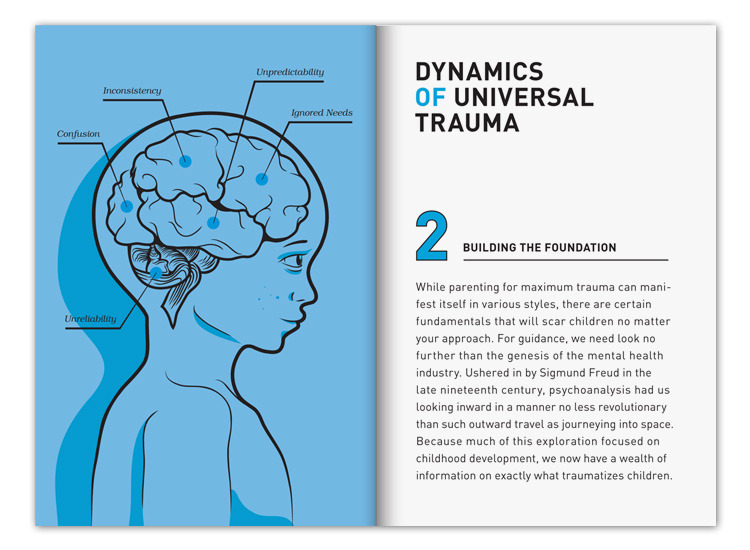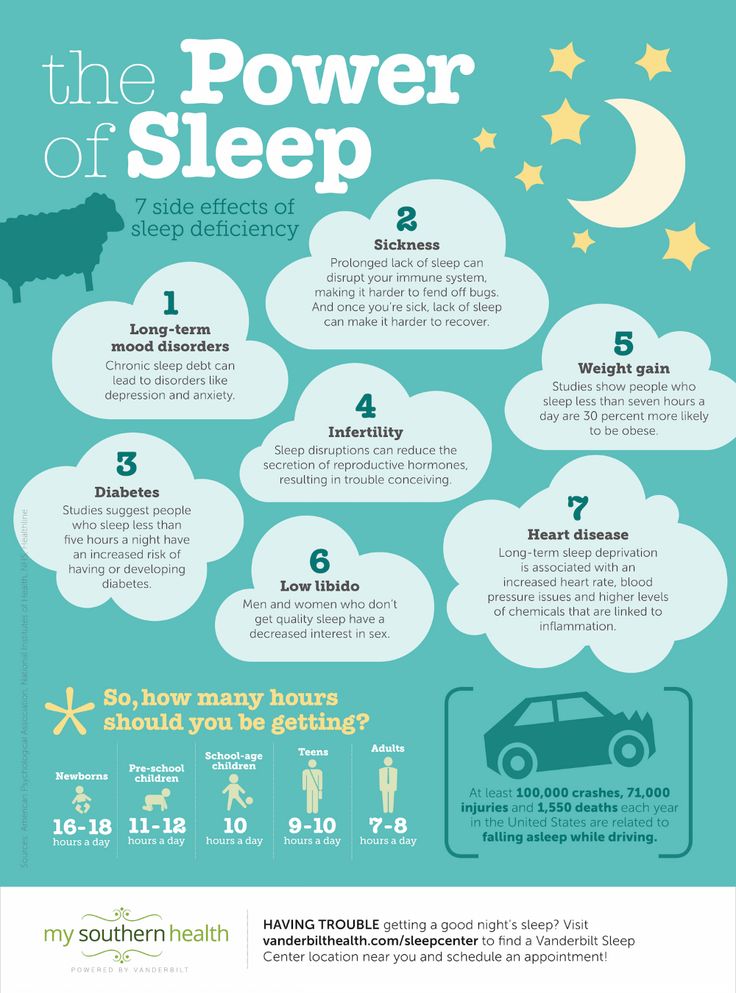How to build focus in a child
6 Simple Ways to Improve Your Child’s Focus
Trouble focusing can be a long-term or short-term challenge. Either way, it makes learning hard. It also impacts everyday life.
You can’t always change the circumstances that make it hard to focus. But there are ways to help your child cut through distractions and get things done.
Explore related topics
Focus and attention
Strategies and tips
If staying focused is hard for your child, try these six strategies.
1. Jump right into projects.
The longer you put off starting a task, the harder it can be to focus on it. That goes for projects for school and around the house.
That doesn’t mean your child has to do everything at once, though. To make it easier to get started, try breaking tasks into chunks. The important thing is to not delay getting started.
2. Limit directions to one or two at a time.
When kids struggle with focus, it can be hard for them to listen to, remember, and follow through on directions. So try not to overload your child with too many directions at once.
Let’s say it’s time for homework. You might tell your child to check the assignment book, get out the right materials, and start working. If that’s too much for your child to focus on and keep in mind, break it down into single steps.
3. Set a timer.
Knowing there’s a limit to how long they have to stay focused can make it easier for kids to hang in there. Set a timer for how long your child needs to work before having a quick snack or taking a break. You can increase the amount of time little by little as your child gets better at focusing.
4. Try mindfulness.
Mindfulness exercises are all about paying attention and focusing. Studies have shown that mindfulness can help kids improve their behavior and their ability to focus on lessons and on schoolwork.
One way to practice is to sit quietly and focus on breathing in and out. Taking even a few deep breaths before class or a test could make a difference.
5. Be open to what works.
Some people need total quiet to focus. Others do better with noise. That’s why it’s important to ask kids what works best for them.
Maybe your child wants to listen to music while doing homework. Give it a try and see how it goes.
6. Direct focus back to the task.
Even when using these focus techniques, kids might still get distracted. That’s why they also need strategies to get back on task once they’ve drifted.
Come up with a signal for when your child’s mind starts to wander. It might be putting a hand on your child’s shoulder or saying a specific word. Tell your child’s teacher you’re trying these strategies at home.
Other ways to help your child focus
There are lots of other strategies, techniques, and low-cost tools you can use to help your child with focus at home.
- Discover different types of fidgets, including ones you can make.
- Try free graphic organizers to help your child get through reading, writing, and math assignments.

- Learn ways to break down writing assignments so they’re easier to focus on.
Struggling with focus or any other skill can take a toll on a child’s self-esteem. Praise your child’s hard work to improve focus. Point out even small improvements. And let your child know that focus skills can get better.
And remember to talk about your child’s strengths, not just challenges. Celebrate focus wins, big and small. When kids understand what they’re good at, it builds confidence and helps them stay motivated when things get tough.
Related topics
Focus and attention
Strategies and tips
10 Tips to Increase a Child's Concentration
Can your kid focus his or her attention on tasks, chores or studies?
For most kids, it is difficult to focus for more than a few moments on any task, and that’s quite natural, due to their curiosity, exuberance and energy.
Concentration and focus are essential for studying, for homework and for the completion of any task.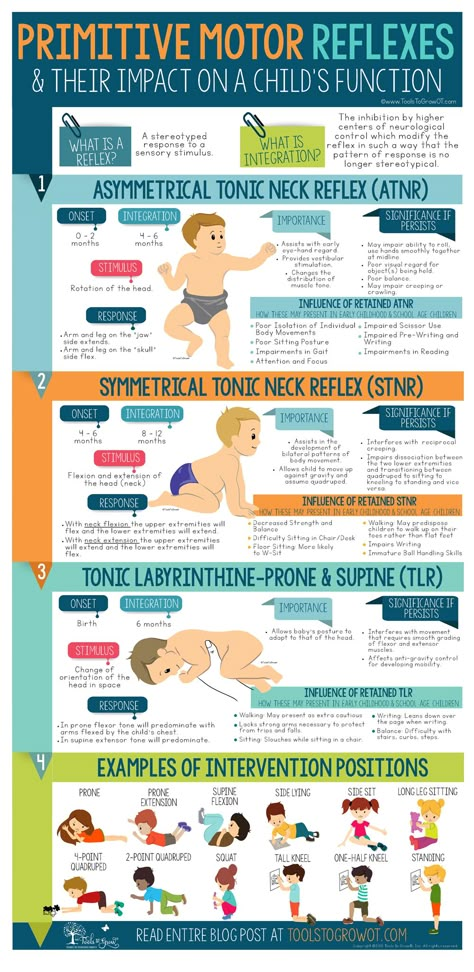
Grown up people can improve their concentration with special exercises, however, with children, one needs to use different strategies.
You can help your child increase his or her concentration in various ways. You can teach your child certain habits and rules, which would make it easier to focus and become less restless. This would help with preparing homework or carrying out tasks.
I would like to offer here 10 tips to help your child focus better.
1. Reducing Distractions
Unless engaged in something they really like, children might find it difficult to screen out distractions.
You need to keep the environment where they learn, study or carry out tasks, as distraction-free as possible.
Be especially wary of television, loud music, noises, and anything else that might distract the child’s attention.
2. Television and Cell Phones
It is not a good idea to watch TV while doing homework, since this distracts the attention.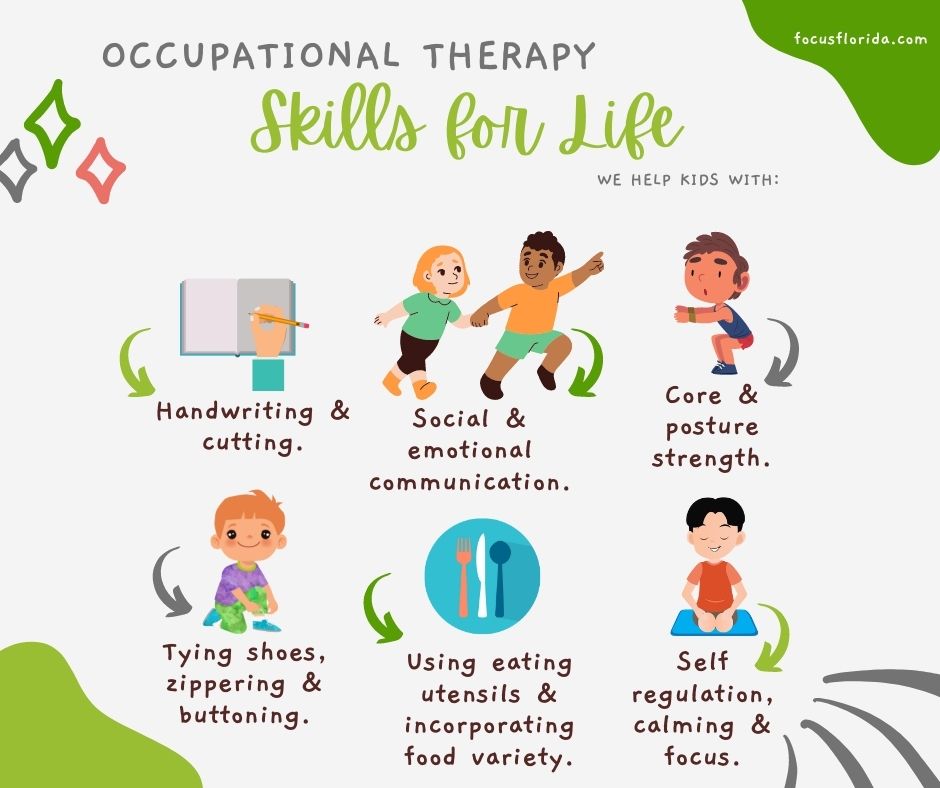 Text messages and the social media also interrupt the concentration. Encourage and teach your child not to read text messages or use cell phones, while studying and doing homework.
Text messages and the social media also interrupt the concentration. Encourage and teach your child not to read text messages or use cell phones, while studying and doing homework.
3. Doing Homework at the Same Hour Every Day
Please Share This Post.
Repeating the same activity every day at the same hour, eventually, turns it into a habit.
If a child sits down for homework every day at the same hour, after a while, when the hour comes, there will be less effort required to focus. The mind will know that the time for homework has arrived, and would be more willing to study.
4. Give Them Enough Physical Activity
Some physical activity, like playing, running or some sports, between study and tasks, would supply a way to vent out extra energy.
This would help the child to be less restless, offset boredom, and make it easier focus.
5. Let Children Have Play and Fun
Giving children too many tasks and involving them in too many activities can be overwhelming and tiring for their brains.
As a parent, you should allow them enough time for pleasure and fun, so they don’t feel too pressurized.
6. Enough Rest
Ensure that the child gets enough sleep at night, and also, some rest during the day.
7. Set Time for the Completion of a Goal
Set the time for completing a goal. This could be ten minutes, twenty minutes, etc. This can force the kid to focus, so as to finish the goal within the time limits.
However, you should be careful with this, since some children might find setting time limits too pressurizing, and this could cause them anxiety and disturb their focus.
8. Let Them Play Games that Require Focus
You can train and strengthen a child’s ability to focus by playing games that require thinking. There are a lot of such games, which you can find in stores selling games for children.
Playing games that require focusing, planning and the use of memory combine fun with concentration.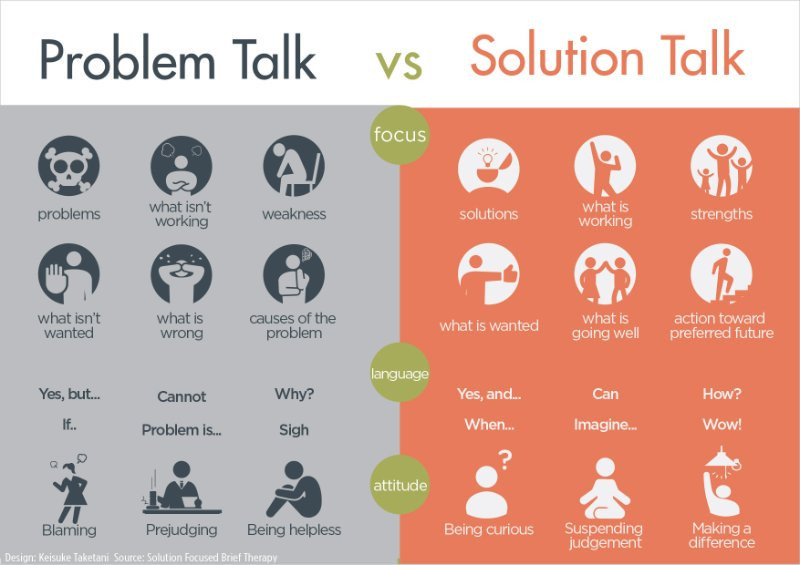
9. Allow Some Time before Beginning a New Task
When your child is busy, tell him what he has to do next, but allow a few minutes of rest, between finishing the task and starting the new one. This would prevent tension and inner resistance.
10. Divide a Big Task into Small Tasks
A big task requires too much concentration and discipline, so it would be a good idea to divide it into smaller tasks. This could be applied to homework, housework and learning new skills.
Carrying out small projects, which lead to the completion of a major project, makes the project less intimidating and easier to focus on, and it also bestows the feeling of progress and movement.
A big task that requires time, dedication and focus, might seem intimating and overwhelming, and can awaken reluctance and procrastination. A small task seems easier to carry through, and it creates less resistance.
Set a Personal Example
If you wish to help your child, you need to set a personal example.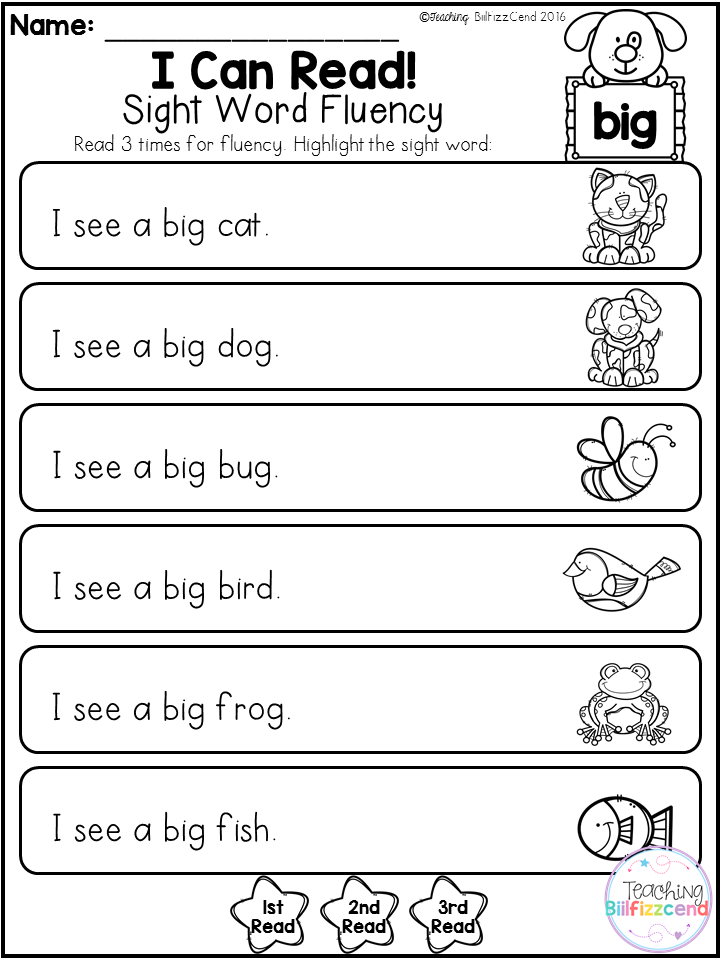
You need to improve your own focus. Then, you will be in a better position to teach.
You can find all the instructions, guidance and exercises for strengthening this skill in our book about this topic.
More articles:
The Power of Concentration
Articles about Concentration and Mind Power
About the Author
My name is Remez Sasson. I am the author and creator of SuccessConsciousness.com, which I have been running since 2001. Join me on a fabulous journey to self improvement, happiness, success, positive lifestyle, conscious living and meditation, through my website, articles and books.
Follow on: Facebook Twitter Pinterest Instagram Linkedin
Thank you for reading! To support my website and work, please click on the button below! Thanks in advance!
Buy Me a Coffee
Please Share This Post.
How to develop attention in a child
Starting from the age of three, the child enters a phase of active development. During this period, a small person begins to explore the world and develop.
During this period, a small person begins to explore the world and develop.
To promote the natural development of a child, you need to constantly give food for his young mind - play educational games. It is important for a child to acquire skills in a playful way, whether it is the development of imagination, speech, motor skills or attention.
It is the concentration of attention that helps the child to understand the sea of information around, so this skill must be developed.
Article content:
- What is attention
- Peculiarities of attention in children
- Attention games
- Pins
What is attention?
Attention is a directed, concentrated perception by a person of objects, phenomena, activities. Attention cannot exist by itself: you cannot just be attentive. Attention appears when a child is interested in something, whether it is an object, a story, or a game.
Of course, it is very important that the object of concentration of attention is interesting, but mindfulness can and should be trained and developed.
Features of attention in children
Children are characterized by natural curiosity and interest. It is interest in something new and unusual that makes the child focus his attention of his own free will. But not always classes can be interesting enough, but it is important for the child to remain concentrated on more boring work. These skills need to be trained. The ability to concentrate one's attention is the basis of easy learning and good assimilation of new knowledge.
Psychologists distinguish three types of attention:
- Involuntary attention. It manifests itself in the child's reaction to a saturated color (for example, red), a sudden sound, something unnatural, unusual. Such attention is attracted momentarily and occurs involuntarily. It is worth remembering that this type of attention predominates in preschool and primary school age.
- Voluntary attention is also called volitional or active attention. It is associated with the conscious and intentional concentration of attention on an object or activity.
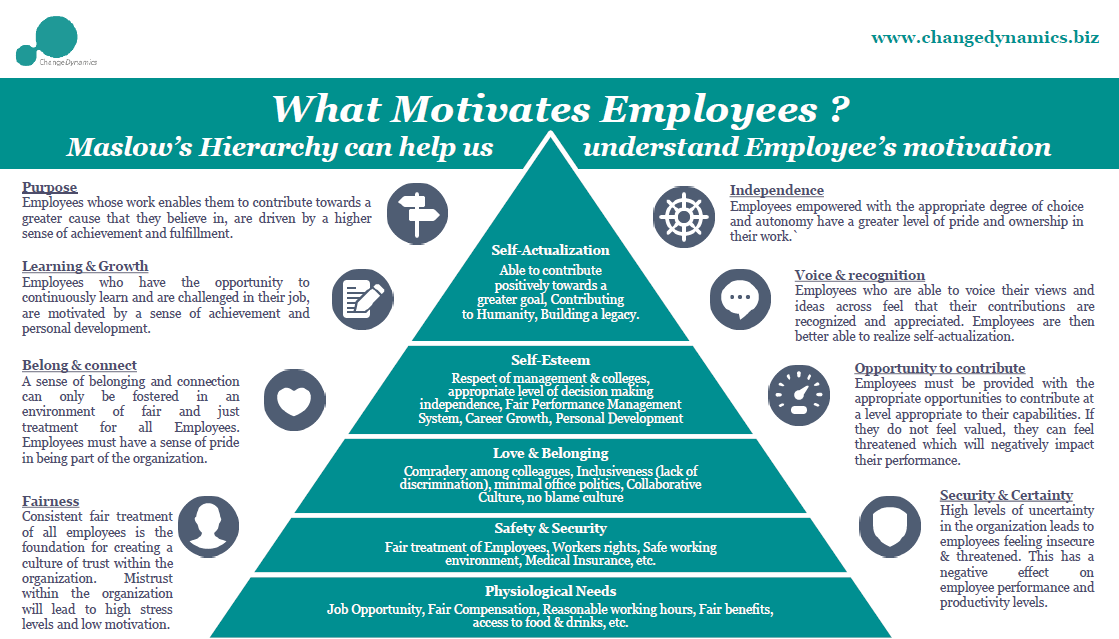 This type of attention “turns on” in a child not when it comes to something interesting or enjoyable, but about something necessary. Voluntary attention requires perseverance and discipline. It is finally formed before the age of 7, because it is the basis of education at school.
This type of attention “turns on” in a child not when it comes to something interesting or enjoyable, but about something necessary. Voluntary attention requires perseverance and discipline. It is finally formed before the age of 7, because it is the basis of education at school. - Postvoluntary attention. It is based on interest and desire to continue the activity that was started thanks to voluntary attention. This type of attention turns on when the child is fond of the game, doing something with pleasure and without stress.
The development of any skill for a child should be not only a useful exercise, but also an exciting game. Many games help develop mindfulness and other abilities, such as: motor skills, speech, fantasy. No wonder many teachers highlight the role of the game in the learning process. Play is a fun form of learning.
Attention development games
We have collected for you several ways to help your child develop their attention in a playful way.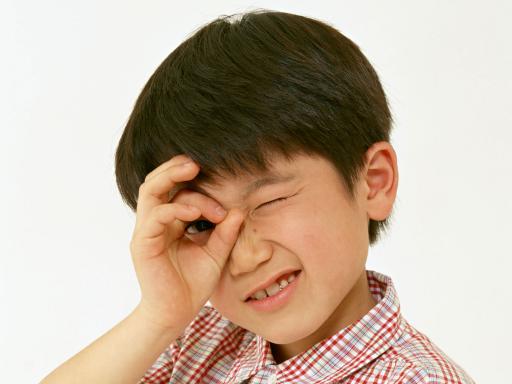 In all games, you can complicate and slightly change the rules - let the games be individual and special for your family and your child.
In all games, you can complicate and slightly change the rules - let the games be individual and special for your family and your child.
Game "What has changed"?
Place 3 to 5 toys in front of your child to play with. Give your child time to memorize the items, a minute will be enough for this. Say out loud the names of the objects and their order. Then ask the baby to turn away or close his eyes (don't peep!) and make changes: you can swap objects, remove or replace toys. The child will be tasked with identifying what has changed and recounting the original sequence.
It is important to remember that this is primarily a game of attention, and not just training for short-term memory. In order to make the game more exciting, you can come up with some kind of story based on items. This will not only teach the baby to concentrate, but also show how to find a creative approach and develop imagination.
You can try to switch roles - let the child feel like a leader and change places, and you will need to guess the changes. Over time, you can complicate the task and introduce new rules.
Over time, you can complicate the task and introduce new rules.
Spot the Difference Game
There are two pictures involved in the game - very similar at first glance, but containing minor differences. The main goal of the game is to name all the differences. It is very important to name, to voice what you see, and not just to show in the picture.
Thanks to voicing, the child will not only develop attention, but also improve his speech, train in the use of such concepts as “right”, “lower”, “left”. You can try to name the differences with the baby in turn, this will add interest to the game.
This game exists both in many books for the development of children and in various mobile applications.
Find a Pair Game
The game requires a set of cards from 10 to 60 pieces. The cards depict any items: vegetables, fruits, animals. Each image is repeated 2 times and represents a pair. First, the cards are laid out in random order with the image up and a little time is given to memorize them. Then the cards are turned over. The task is to open two paired cards.
The cards depict any items: vegetables, fruits, animals. Each image is repeated 2 times and represents a pair. First, the cards are laid out in random order with the image up and a little time is given to memorize them. Then the cards are turned over. The task is to open two paired cards.
In fact, the essence of the game is not to remember everything from the beginning. The child will raise pictures that do not match each other, but this will not be considered a mistake. After picking up the wrong pair, the kid sees that under this card, for example, a cat was hiding, and under this one - a lily of the valley. This is what the child will have to remember and use later in the game.
“Find a Pair” teaches not so much to remember everything momentarily, but to concentrate your attention for a long time and use your mistakes, your previous experience.
You can and should play together with the child, alternating his move with turning over the cards, and yours. You can compete in the number of guessed pairs and assign a sweet prize to the winner.
Describe an object game
Description of an object is a training not only for mindfulness, but also for eloquence. You need to ask the baby to describe some object - at home, or on a walk - and do it in the most colorful way. After that, the child must describe the object again, only without looking at it, but, for example, turning away.
The game "Memorizing the sequence"
The whole point of the game is to correctly repeat the sequence of actions of some characters, whether they are children on the street or heroes from a fairy tale.
Of course, everyday life and real life can be used for this game - for example, list what you saw on a walk in the street, with all the characters and in the correct sequence. For example, first a blue car drove by, then a large bird flew by, then a boy passed by. In this game, the child develops the skill of switching attention.
If everyday life may seem too boring, you can try to retell the plot of the read fairy tales or seen cartoons.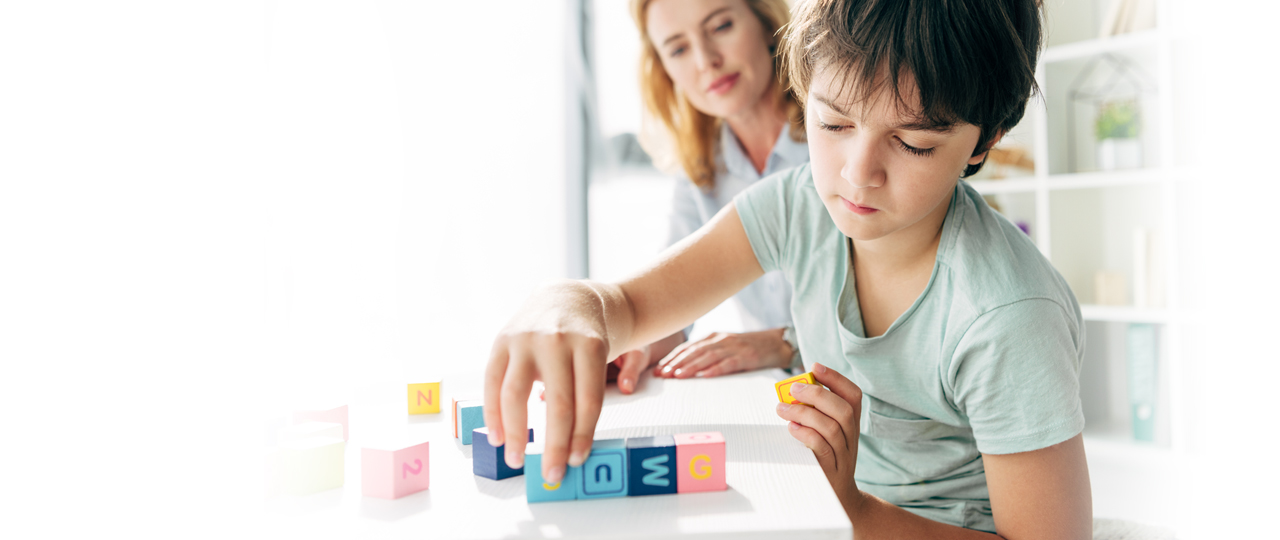 Perhaps at first the child will jump from enthusiastic impressions from event to event, but further, developing his skills, the child will learn to tell all the events in sequence from the beginning of the story to its end.
Perhaps at first the child will jump from enthusiastic impressions from event to event, but further, developing his skills, the child will learn to tell all the events in sequence from the beginning of the story to its end.
"Ear-nose" and "Dwarfs - Giants" games
This game is very popular among animators in various educational sections. On command "Ear!" all participants in the game - and this is both the children and the leader - must grab their ear, and at the command “Nose!” - by the nose. However, after a couple of successful attempts, the leader begins to make mistakes, and in no case should children succumb to this deception.
The situation is similar with the game “Dwarfs and Giants”, where the dwarfs squat, and the giants stand on their toes and stretch to their full height. This game is perfect for a warm-up at the gym and will bring not only benefits for the development of concentration, but also a lot of fun.
Find the item in the picture game
This attention game is most often found in children's magazines. Before the child is presented a picture with an overabundance of all sorts of details and objects, and in all this madness you need to find some objects. The task can keep the child busy for a long time, but the goal of this game is a quick solution. Looking at bizarre pictures, the kid will immerse himself in the world of the depicted and develop his imagination.
Before the child is presented a picture with an overabundance of all sorts of details and objects, and in all this madness you need to find some objects. The task can keep the child busy for a long time, but the goal of this game is a quick solution. Looking at bizarre pictures, the kid will immerse himself in the world of the depicted and develop his imagination.
Schulte's table
This exercise will suit the attention of schoolchildren who have mastered the account. In a 5x5 table, numbers from 1 to 25 are randomly scattered. The task of the child is to find all the numbers in ascending order, starting from one, as quickly as possible. It is important that one view of the table can only be used for one attempt.
Symmetrical pattern
The checkered sheet is divided into two parts by a vertical line. On the right is some kind of image or object of an unusual shape. The child is faced with the task of symmetrically, based on the cells, to depict the drawn object.
It is also possible that on the right side there is a part of the object, for which symmetry is very characteristic, for example, one wing of a butterfly. Thus, the child will be able to restore the entire image. In addition to mindfulness, the exercise is designed for fine motor skills of the baby.
The game "Chains"
You can play "Chains" both together with a child, and together with all family members. The task of the participants is to make a chain of words of a pre-selected topic - sweets, cities, animal names. Each next participant must repeat what was said by the previous one. Over time, the chain will become more and more, and it will be more and more difficult to repeat it from the very beginning.
Conclusions
A lot of time should be devoted to the development of a child's mindfulness, but according to the recommendations, attention distribution training should take place in a playful way. After all, the game, in addition to the fact that it pleases and attracts kids, brings them great benefits.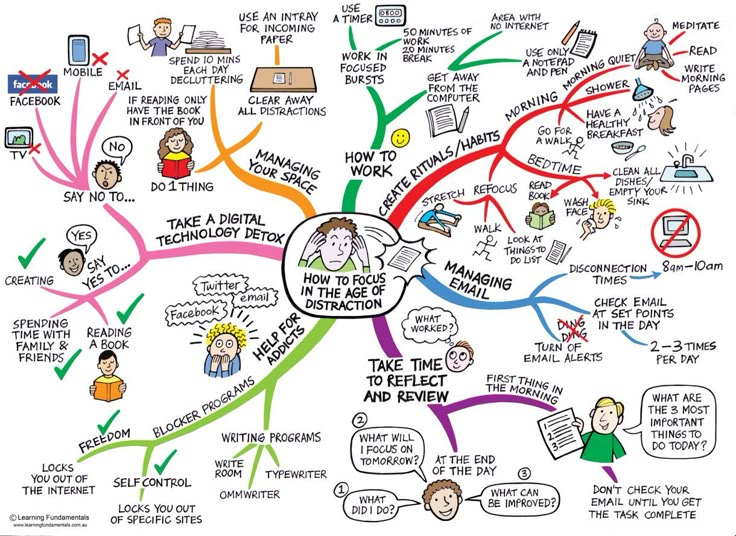
We have described simple ways to develop mindfulness in a child that you can practice on your own. However, it is important to trust the upbringing of your child to children's development centers. Highly qualified specialists of our child development centers will select a special approach to each child. We offer both general and specialized classes. The basis of all classes with children is the experience of psychology and pedagogy. Although the main ingredient, of course, is unconditional love for children.
Methods and techniques for developing attention in children
Contents
- What are the types of attention
- Why a child has reduced attention
- How to develop the skill of attention in a child
- Schulte tables
- Stroop Test
- Camera
- Exercises with objects
- Labyrinths
- Fly
- Spot the difference
- Snowball
- Reverse day
Attention is concentration on objects and phenomena that are most important at a particular moment.
The cognitive process is impossible without the ability to concentrate and concentrate attention. It is especially important for children fully understand the learning process, the content of the lesson and the speech of the teacher, so that the work is effective and brought excellent results both in school and outside the classroom. Many parents say that the child has a bad memory, but do not even suspect that attention is actually lame. These basic mental functions are inextricably linked. There can be no good memory without trained attention.
What are the types of attention
There are three types of attention: involuntary, voluntary and post-voluntary.
-
Involuntary attention arises by itself from the first year of a baby's life, a child without effort focuses on everything unusual and interesting.
-
Voluntary attention is formed closer to school, approximately by the age of 7, and continues to develop every year.
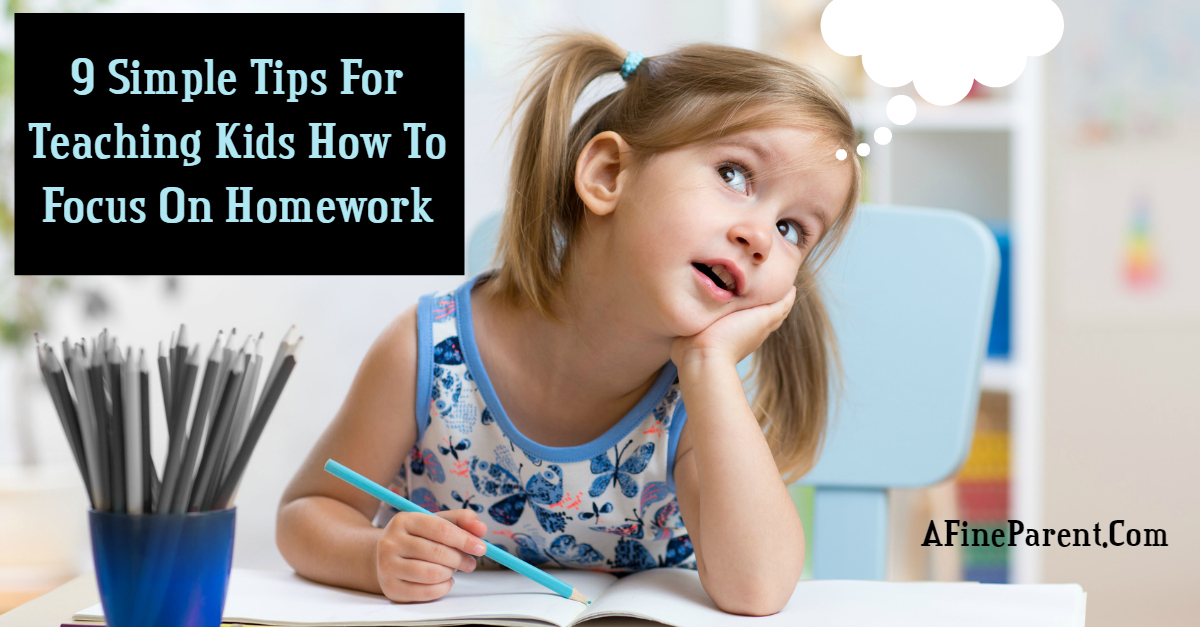 The student needs to make an effort to focus on what he has to do, and not on what he wants to do.
The student needs to make an effort to focus on what he has to do, and not on what he wants to do. -
Post-voluntary attention is similar to voluntary, but its peculiarity lies in the fact that that the child performs all tasks with pleasure.>
For example, first-graders have well-developed involuntary attention: they are easily attracted by something unexpected, interesting and bright. At the same time, children do not have to make any effort to concentrate on this. And here it is much more difficult for them to concentrate on uninteresting and monotonous work.
Why the child's attention is reduced
It is often difficult for children to concentrate because of external factors that have a negative impact on overall development. In To avoid such a situation, you need to comply with certain conditions and control almost all aspects of the child's life. So what should you pay attention to first of all?
Health
Good health is the main condition under which a child develops fully and comprehensively.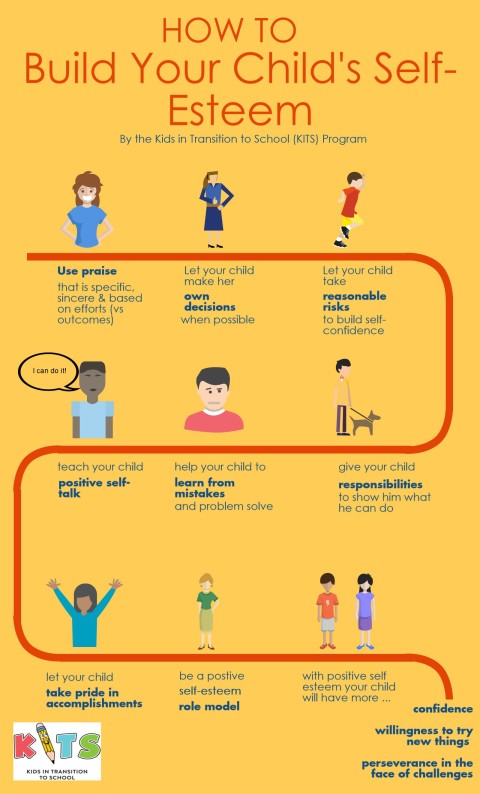
Illness or illness can impair concentration at any age, but children are much more affected: the baby becomes distracted, apathetic. It is extremely important to find and eliminate the causes of ailments, as well as closely monitor existing pathologies.
Teach your child to lead a healthy lifestyle. Try to dose the time you watch TV, play computer games and in a smartphone. It is undesirable to overload it with information and deeds. Rest is one of the main components of a strong health.
Sleep pattern
school, stress and the development of various neuroses. The amount of energy for concentration and remembering the necessary information.
Physical activity
If the human body is not in good shape, then the brain functions defectively. The level of attention depends on the amount mobility in the child's lifestyle.
When children are outdoors, running, jumping and playing games, they release their energy by stimulating active brain function.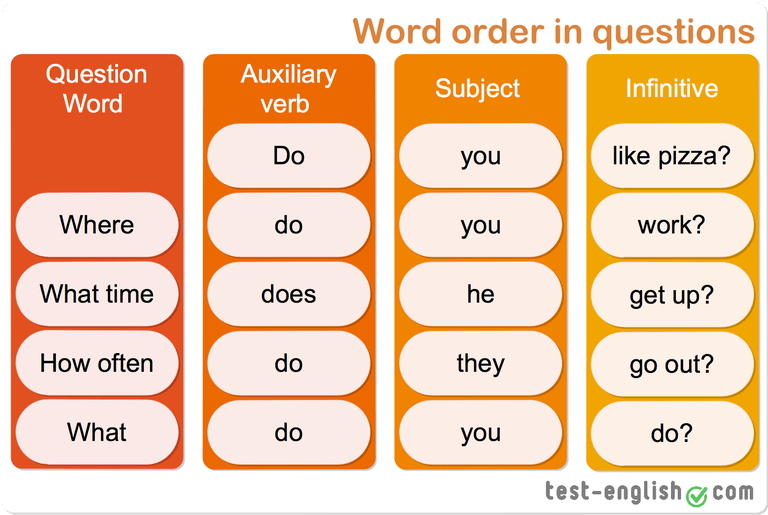 With a sufficient amount of outdoor activities or sports in the life of a child, he will be able to quickly and to perceive and process information better, which will positively affect the results in studies.
With a sufficient amount of outdoor activities or sports in the life of a child, he will be able to quickly and to perceive and process information better, which will positively affect the results in studies.
Furnishings at home
We are talking about the relationship of parents both with each other and with the child. When there are any problems in the family, it is created discomfort and increased tension. Children react to such situations painfully, and emotionally they are the first to fall under hit.
As a result, school performance may fall, attention may be scattered, and the child will not be able to concentrate on the subject and closes in on itself. Always maintain a healthy climate in the family, and nothing will distract the child on the path to achievements in study.
How to develop a child's attention skill
In order to gradually and effectively develop a child's attention and memory, it is necessary to involve various exercises. The main thing is that they take place in a game format and it is interesting for the child to take part in this. Can play with him, so the baby will feel supported, and he will have a competitive mood.
The main thing is that they take place in a game format and it is interesting for the child to take part in this. Can play with him, so the baby will feel supported, and he will have a competitive mood.
Schulte tables
This exercise is implemented in many applications - you can do it anywhere. The table is a square 5x5 with 25 cells in which the numbers from 1 to 25 are located in a chaotic manner. The task of the child is as soon as possible find all the numbers in order.
Tables come in large 7x7 and 8x8 cells, as well as colored distracting specimens and variants, when, after finding the number, all other numbers in the table are shuffled, preventing memorizing their locations.
Stroop test
The exercise consists of several lines. The child will see words denoting different colors, but they will be written other inks. The goal is to name the actual color of the word, not the written color. For example, if the word "red" written in blue, then you need to call blue.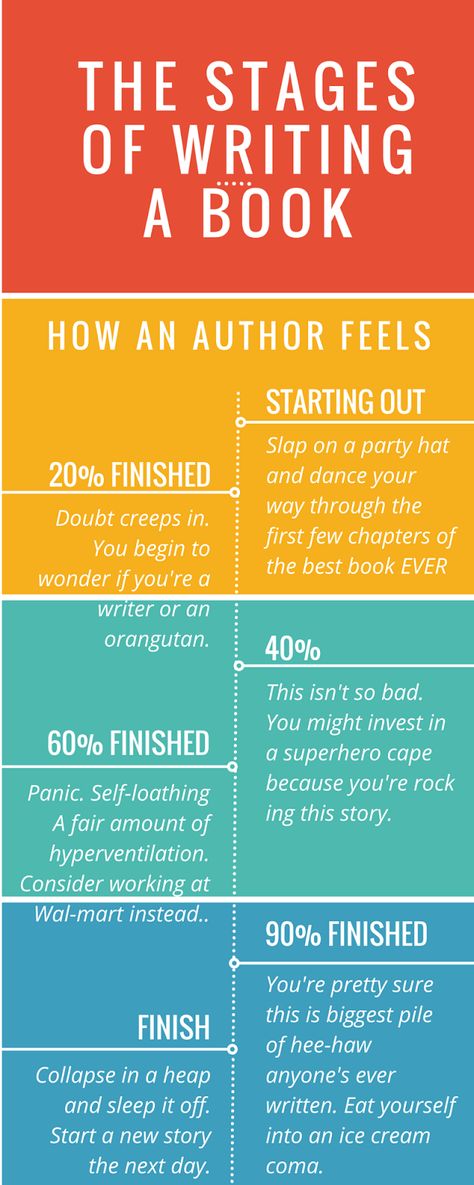
It is easier for our brain to read a word, and such a simple discrepancy confuses it for a few seconds. It is believed that this test was used in counterintelligence to test suspects. They were given this sheet with the words and asked to name colors. If a person does not know the language in which the test is written, then it will not be difficult to list the colors, but it’s hard to ignore familiar words without preparation.
Camera
The point is to pay attention all day to a specific part of the body or clothing of the people you meet. It may be noses, eyebrows, earrings, etc. You need to adjust your “lens” only on this part of the image, consider it (not making strangers uncomfortable, of course) and trying to remember. So the child will learn to see small details and pay attention to nuances. Then it will be possible to look at the person and describe his appearance as a whole. Required high concentration of attention, because you will need to stop looking at many details at once.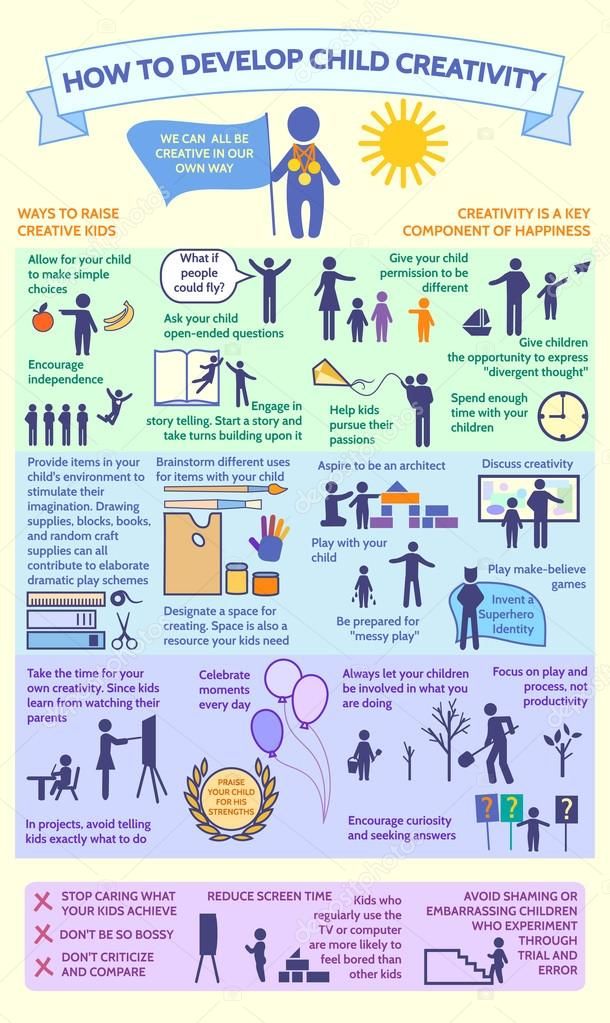
Exercises with objects
For some time, you need to pay attention and name objects according to a pre-selected attribute: specific color, shape, size, material of manufacture, scope. Start small. You can practice in the room apartment, and when all the subjects are learned, look for items on the street. It is convenient to play while walking.
If you want to play with your child at home, then take a few items, put them on the table and ask the child to remember. Then mix the items, remove a few or, conversely, add extra ones - now the child should return all items to their place, recreating the original picture on the table.
You can complicate the task: let the child memorize all the objects, and then turn away or leave the room. Take away one or several of them, and the child needs to calculate the loss.
Labyrinths
A simple but addictive game that requires concentration. The purpose of this exercise is to find a way out of tangled corridors or trace which symbols connect ornate lines.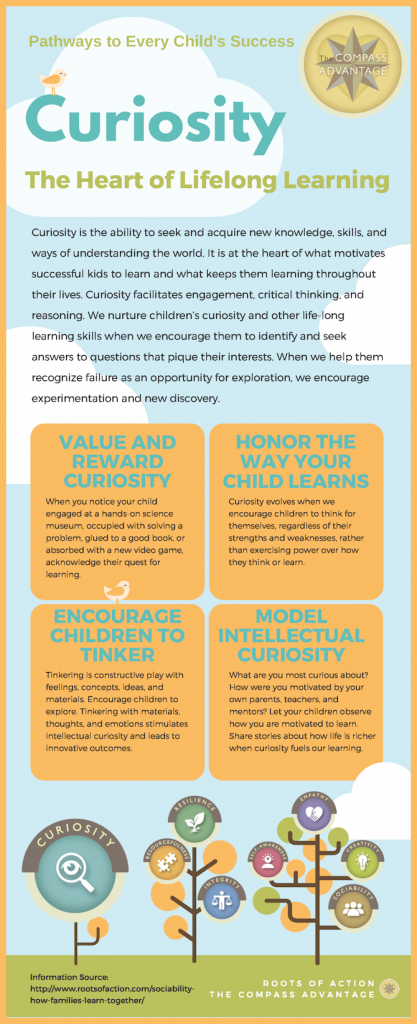 But there is a nuance: to lead with a pencil or You cannot follow the line with your finger - you can only track the path with your eyes.
But there is a nuance: to lead with a pencil or You cannot follow the line with your finger - you can only track the path with your eyes.
Fly
You don't need any special equipment to play, only improvised means and enthusiasm are used.
Draw a 5x5 field, write the letters on the top and the numbers on the left, as in the Sea Battle game. Sitting in the middle cage imaginary fly, its movement always starts from this place. Choose a leader who will ask the fly flight direction within 30 seconds by commands: up, down, left and right (by cells).
Players need to track the movements of the fly and after 30 seconds give the correct answer on which square it is on landed. The game can be gradually complicated: let the fly fly out of the field or even keep the field in mind without a piece of paper.
Find the difference
The child is faced with the task of finding all the differences between two seemingly identical images. Images can be found on the Internet, but choose not too detailed images so that the child can get used to the game. This exercise is suitable for both first graders and students in grades 2-4.
Images can be found on the Internet, but choose not too detailed images so that the child can get used to the game. This exercise is suitable for both first graders and students in grades 2-4.
But for schoolchildren in grades 5–7, bright pictures with an abundance of small details are just right, the consideration of which trains not only attentiveness, but also the ability to concentrate on several subjects at the same time.
Snowball
You can play alone with your child or include other family members. The rules are simple: the first player says the word, the second player calls this word and says his own, the third participant repeats the first two words and says his own and so Further. As the game progresses, a long chain of words is formed, which each player must call each time it's his turn. This exercise also develops memory.
The day is reversed
The essence of the exercise is that the child needs to remember how his day went, but in reverse order.